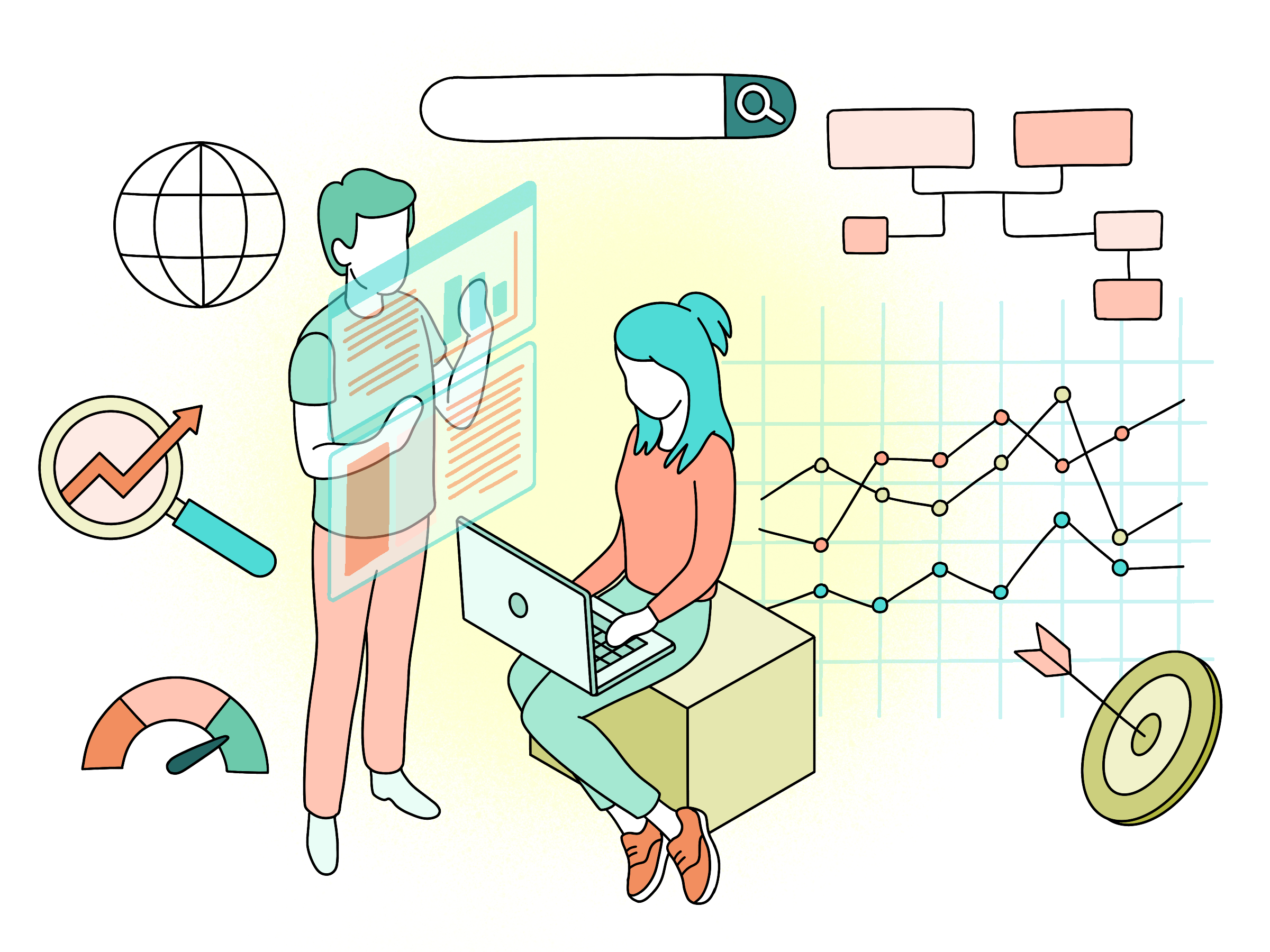
Securing Customer Adoption: Great Technology Doesn't Always Equal a Great Product
In a start-up or enterprise, a product's success is defined by the extent of customer adoption. In this way, unique, game-changing technology is no guarantee for success. Often it is the opposite, where one gets stuck in their bubble, having created a product without entirely understanding the target market's needs.
The Difference Between Product and Technology
Technology is the application of scientific knowledge in producing goods or services.
A product is what the customer buys, including the total sum of attributes that solves that customer's problems.
Let's look at an example of the difference from one of the companies we work with at Snowball: Okay.
Okay is a mobile security software company that secures transactions and authentications for banks, fintech and payment providers. Okay is based on years of research into strong software-based security mechanisms for mobile phones resulting in several patents.
While each of these mechanisms is unique and solves essential security issues, they don’t come together as a product unless you are in the business of licensing patents. You have to build a product to have something the customers are willing to buy!
Whole Product is Key to Customer Adoption
To understand the whole product, we need to start with the following question:
What are the benefits your customer expects to experience from the product?
To answer this question, you must consider all aspects of the customer’s experience through all touch points of the customer journey.
For an enterprise software company like Okay, the whole product consists of the following:
- The core software with the security mechanisms
- User interfaces
- Documentation and training material
- Terms-of-service with licenses and SLAs
- SDKs and APIs for integrating the software into customers banking apps
- Consistent branding, design, product marketing and packaging (including the website)
- Customer onboarding, support, and success processes
- Third-party evaluations and certifications (the technology and the company ensure Okay is a trusted security software provider)
- Pricing model
When we started the process with Okay, the company had a patented technology evaluated by an independent third party. However, they lacked most of the rest. As such, we had to work closely with the market to test, prove and iterate, building a product market fit while also building out the whole product offering in parallel.
The Innovators Dilemma
Inventors, engineers, and anyone else working on building the next generation of great technology often have unique skills with detailed knowledge of the relevant technical domain. While this is necessary for understanding the technical challenges and requirements of building smart technology, it also comes with the risk of getting stuck in an expert bubble.
The graveyard of great technology that never took off is growing by the day because, as a super expert, it is easy to fall into this classic innovator dilemma:
When an expert becomes too attached to their product, they are unable to see it from a customer's perspective or understand why it is not as loveable as they believe it to be.
Thus, one of the essential parts of building a product is to test it with real customers. It is best to build early prototypes well enough to validate the concept and test it on target customers. Then re-test, learn and iterate until you can prove the concept of your product.
What is most important during this process is understanding the "why". You should be able to answer the following questions if you want to build out a successful roadmap with the right priorities:
- Who are your customers?
- Why does your product matter to them?
- What problems does your product solve?
- What features do the customers value and why?
Ultimately, you need to understand why your customers love your product.
Once you have figured this out with real customers and are putting real money on the table, it is time to accelerate your roadmap and bring the product to the market.
Welcome to what we like to call product love, the first step in designing, building, and growing a highly successful product as part of our Snowball-effect methodology.
————
Want to learn more or say hello? Shoot us an email at hello@snowball.digital



